Through the ages various explanations have been offered to explain the cause and how to treat it. But it wasn’t until the 19th century that the spine and the nervous system were seen as the fundamental source of back pain. The idea that the cause of back pain was some injury or irritation in the bones and nerves of the spine was adopted by the medical community and this notion has persisted up to the present. With this in mind, recommending bed rest made sense-so bed rest became a standard treatment through most of the 20th century. Some savvy physicians recommended staying active, but their opinion was drowned out by the bed rest proponents. If you have an injury it can take weeks to heal, and therefore it was common to have patients with back pain lie in bed, often in a hospital, sometimes without even getting up to go to the bathroom, for two or more weeks. It was only at the end of the 20th century, that the medical community recognized two facts:1. Back pain was usually not from any obvious injury. 2. Prolonged bed rest was not only not helpful, it was damaging. So patients with typical back pain began to be encouraged to remain active and to return to work as quickly as possible.
When x-rays were introduced, doctors could see the joints in the spine and the pelvis, and began to suggest that this is where the pain originated. New phrases, such as “my sacroiliac is out” and I have a “bout of lumbago”, creeped into our conversations. In the 1920s and 30s a variety of new creative surgeries were tried including fusing the sacroiliac joint, fusing the joint between the lumbar section of the spine and the sacrum and cutting out parts of the spinal column, all of which didn’t solve the problem and rapidly became unpopular. Some bad ideas with dreadful consequences don’t go away easily, and some physicians have reintroduced sacroiliac fusion. The joints that don’t look pretty on x-ray or now with MRI/CT scanning, although not undergoing surgery, still remain as targets for injections in pain centers.
The first report of spine surgery to remove a herniated disc to treat pain radiating down the leg (sciatica) was in 1934 and in 1935 the same operation was suggested as a treatment for back pain as well. The disc pressing on a nerve to cause pain shooting down the leg and the surgery to remove the part of the disc and bone in the spine to relieve the pressure on the nerve made sense and surgery for sciatica sometimes is indicated and successful. But looking to the disc as the cause of back without leg pain proved to be the foundation of the mistaken notion that the disc was the fundamental cause of most low back pain. This concept has led to needless surgeries, exorbitant costs and tragic suffering. Over the next twenty years surgery on the disc became one of the most common operations done by neurosurgeons.
The disc was not the reason for most back pain and many of the surgeries that were done were failures with patients experiencing no change or even worse back pain. The number of unsuccessful back surgeries was so high that a new diagnosis was created, something unique in all of medicine, “Failed Back Surgery Syndrome” , also known as “Post-laminectomy Syndrome”, referring to the part of the vertebra, the lamina, that is cut away to remove pressure from the disc. The surgeon was no longer the unquestioned authority as the answer to back pain. Many clinicians, including orthopedic and neurosurgeons, recognized that the problem of back pain was more complex than a problem in the discs and that many factors including emotions, job issues and physical conditioning, all contributed to the experience of back pain.
In the 1970s a new movement to understand pain in general, with back pain as a major focus, was spawned through the efforts of John Bonica, M.D. and his colleagues. More on Pain Treatment Centers next time.
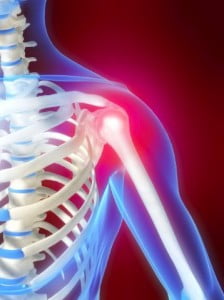

 A recent study of office workers who complained of weekly headaches examined the effect of a simple resistance exercise program for the neck and shoulders, and found an approximately 50% reduction in headache frequency.
A recent study of office workers who complained of weekly headaches examined the effect of a simple resistance exercise program for the neck and shoulders, and found an approximately 50% reduction in headache frequency.
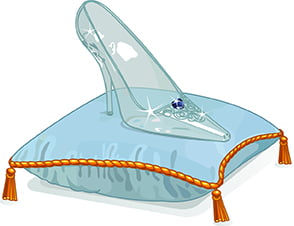
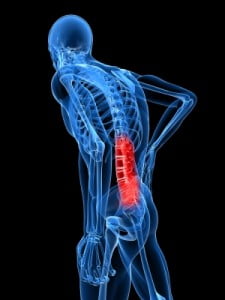


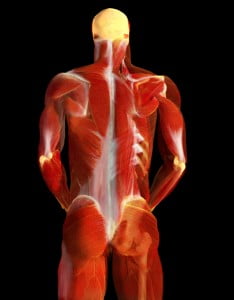 Nearly all individuals experience degenerative changes in the spine as they age, with nearly 20% of the population exhibiting disc herniations without any symptoms or pain by the age of 50(1). This means that even though your X-ray or MRI shows an abnormality, it doesn’t mean that this is what is causing your pain. Though imaging studies can be valuable tools, they are not equipped to show the nuances of the muscles and soft tissue.
Nearly all individuals experience degenerative changes in the spine as they age, with nearly 20% of the population exhibiting disc herniations without any symptoms or pain by the age of 50(1). This means that even though your X-ray or MRI shows an abnormality, it doesn’t mean that this is what is causing your pain. Though imaging studies can be valuable tools, they are not equipped to show the nuances of the muscles and soft tissue.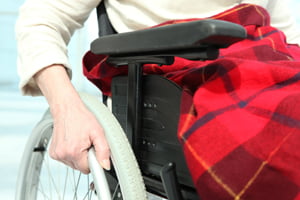

 I have a friend who has been complaining of weakness in his legs. He has a history of high cholesterol and has been on statins.
I have a friend who has been complaining of weakness in his legs. He has a history of high cholesterol and has been on statins.

 Studies have shown that obese patients have more problems with musculoskeletal pain than the general population (
Studies have shown that obese patients have more problems with musculoskeletal pain than the general population (